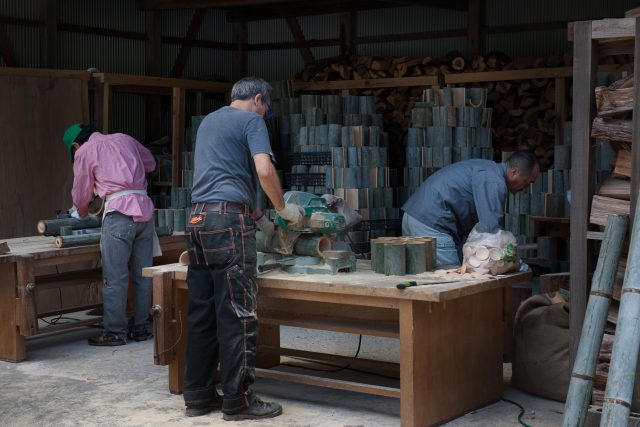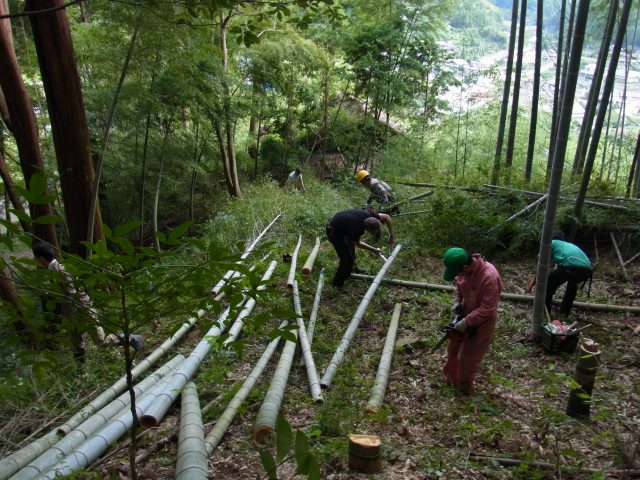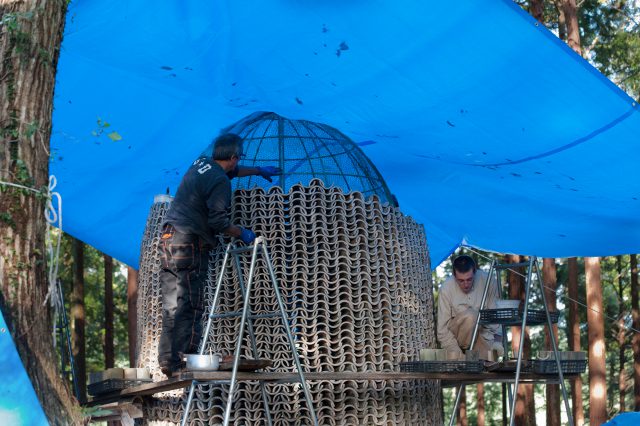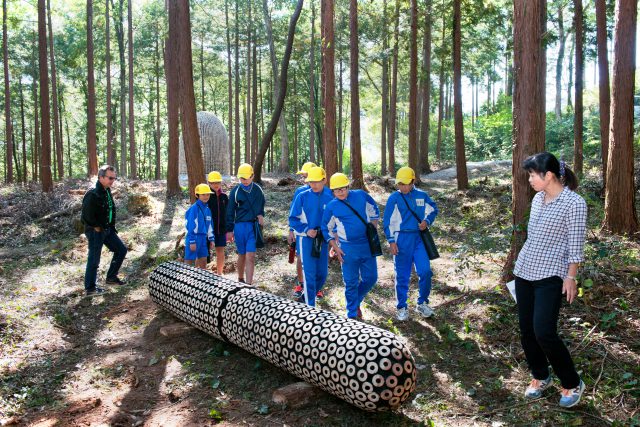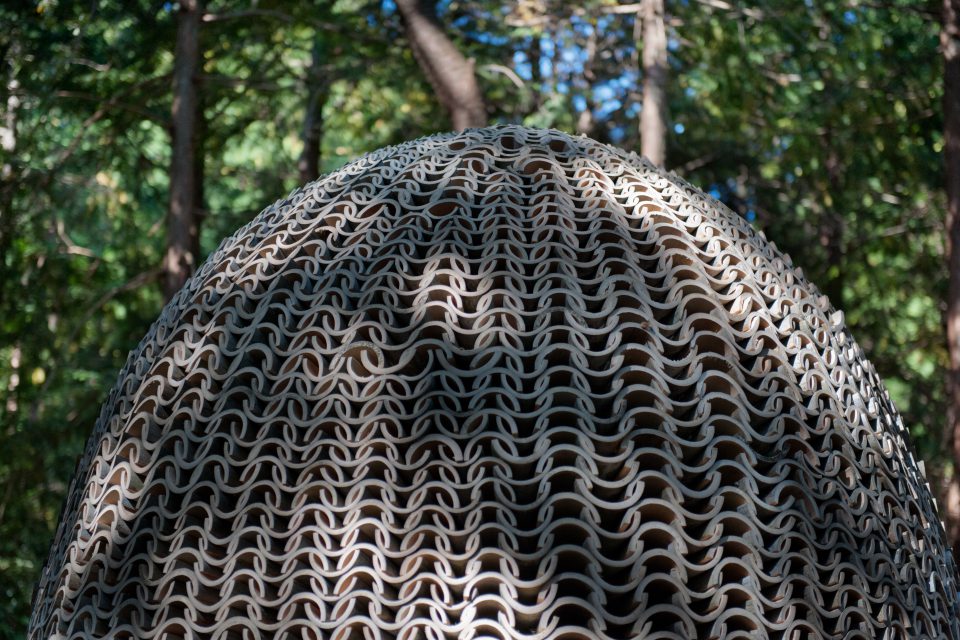
Stuart Frost
2014 Kamiyama Artist in Residence participant
In Stuart Frost’s artistic practice, the notion/idea “place” stands central. It functions both as a theoretic and practical starting point. Through the whole of his artistic career he has sought out specific places in various countries and carried out so called site specific projects. More specifically he has been searching for each chosen places identifiable characteristics/qualities such as history, topography, architecture, culture, raw material etc. These relationships in differing scales are generally speaking the basis for the development of art work. The interest for the landscapes particularities and the natural objects physical characteristic and exclusiveness to one environment – with their associated culture, myths, and history are a general characteristic feature with his production. He is consistently faithful to the raw materials distinctiveness and inner characteristics, while at the same time putting them through extensive procedures of transformation. The thought is that this concept will make it possible to see raw materials in a new way. There is in other words a type of alienating process which contributes to sharpen ones perceptions.
Stuart Frost was born in Bath, England and graduated from the Royal College of Art, London and currently lives and works in Kongsberg, Norway.
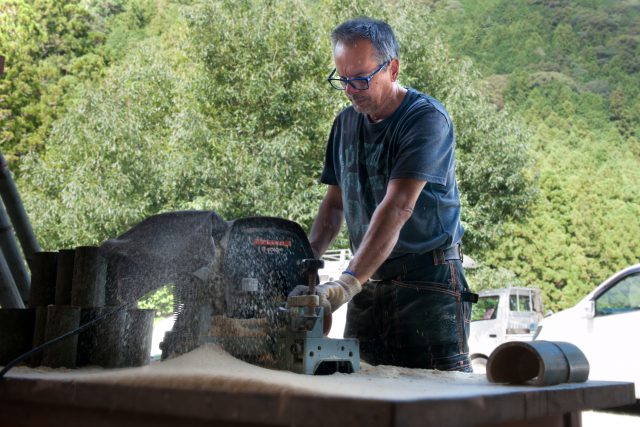
Okuri
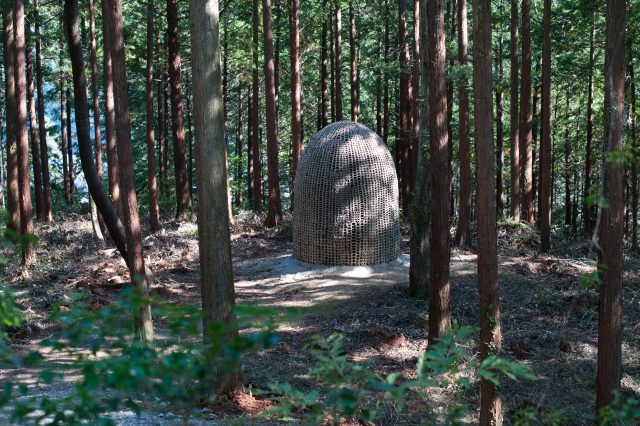
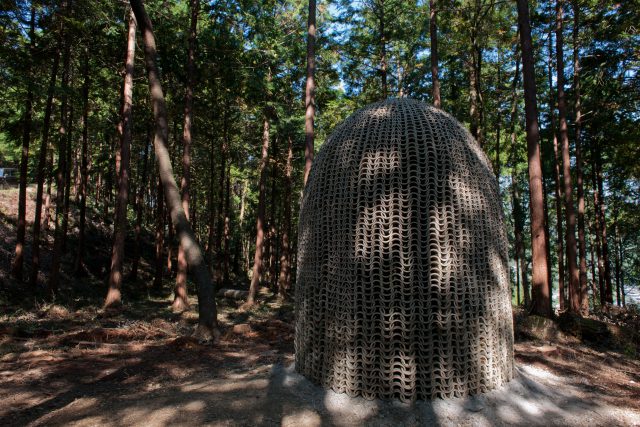
Kamiyama capsule
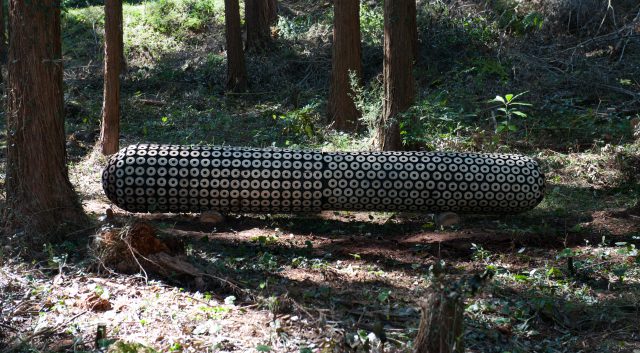
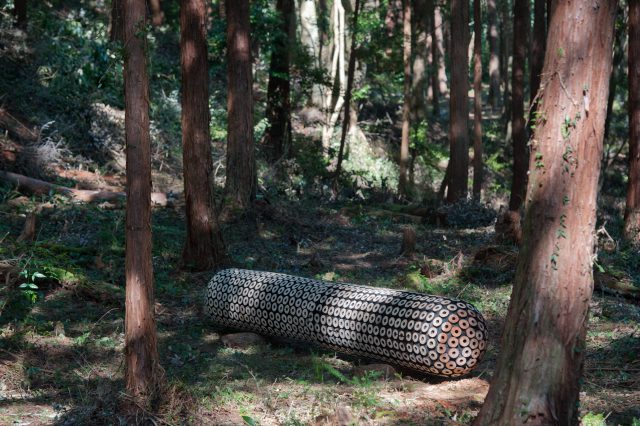
Comment
Stuart Frost was born in the UK and graduated from the Royal College of Art. He currently works as an instructor at a university in Norway. He is an artist who has created many outdoor sculptures in the field of land art and public art. Many of his works are different from ordinary sculptures as they are site-specific works that take the outdoor surroundings and environment into account. For an artist, a “place” is a location where a piece is practically located and it can refer to the appearance of that land, but in fact it becomes central to the thinking in the production process and forms the basis for the concept that shapes the work. In other words, place is not only physical elements like topography, structure, and space, but it is also a concept itself with an invisible power that can be a sort of spiritual support. Through the art’s place of installation, the artist can unravel the threads that are the social background, culture, history, and local characteristics in the installation location, and plant a seed of creativity in that spot. In following, the audience trusts in the energy given off by the art and engages with its physical form while at the same time drawing together the creative context that is in the background of the work.
Frost’s work gives off an unusual presence within the forest. The size and powerful shape of the work emits a visible glow. By approaching the work from the foot of the mountain, what is visible from a distance gives a different impression from what can be seen up close when the details are examined. This bell-shaped work called “okuri” is made of a large number of bamboo lengths that have been split in half, and the arced surfaces have been stacked, alternating concave and convex surfaces. The locally-sourced bamboo is carefully stacked like a rock wall from bottom to top, in a way that won’t crumble easily. It has a large, stocky form, but the half-moon bamboo pieces used result in countless holes in the surface, and because of this it also appears very light. One notable point is how the Asian material of bamboo is used, but not in its typical cylindrical form marked by regular nodes, nor with the refreshing cool green color of fresh bamboo. The arced forms and stone wall building techniques result in a Western form.
Not far from this work is a large wooden piece lying horizontally, a wooden sculpture in a minimalist shape covered with numerous black circles. The black marks left on the large piece of wood are charcoal made from burning, but the method utilized a special tool that was used to raise circular protrusions, before the entire surface was burned with a burner, and then the upper layer was shaved off, exposing the raw wood. Though he used a tool, and though it is a is a highly analog craft, the circles on the surface are precisely arranged, and it looks almost like an industrial product. The warm material of the wood creates a juxtaposition with the systematic placement of the circles. As this is placed within a rich, natural setting, it results in an even more dramatic contrast.
The two works utilize natural materials, but the simple and strong minimalist forms are proof that they were created as an artifact by the artist’s intentions. The orderly shapes and simple forms will grow mossy and collapse over time. A characteristic of site-specific art is how this eventual change is included in the conception of the work.
Emiko Kato (Curator / Director of Art Aunotomy Network)
